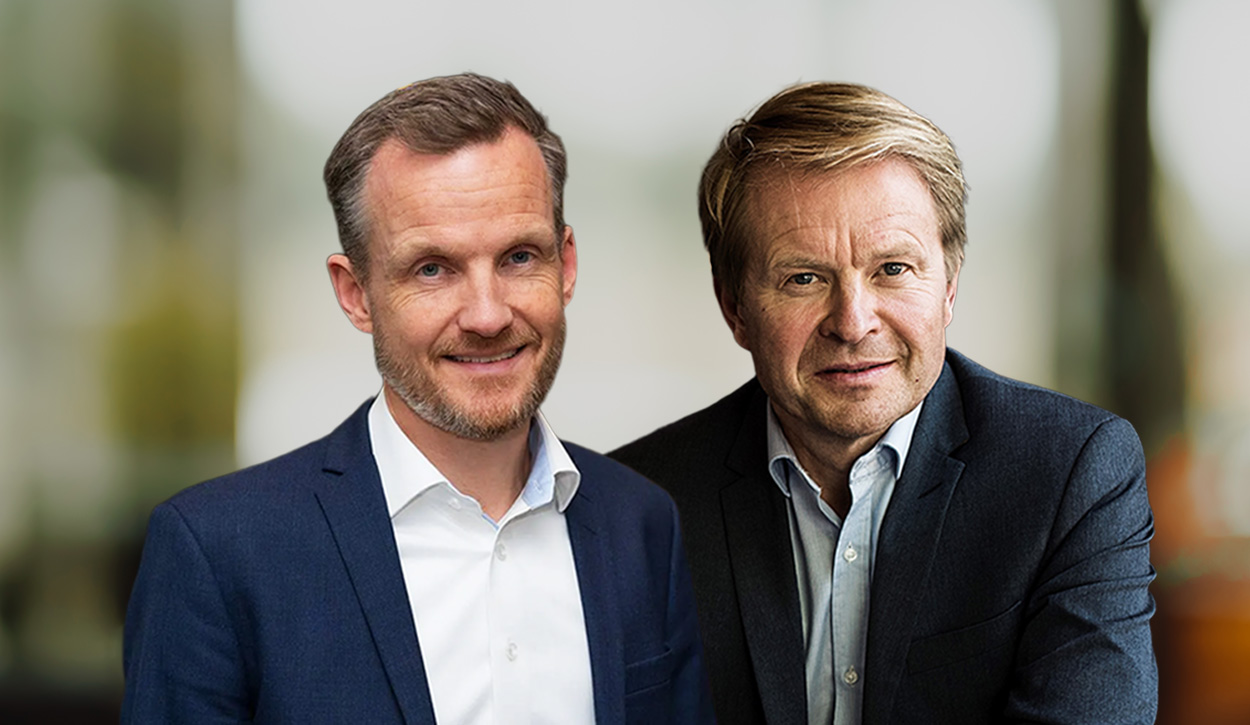
Five capabilities for a greener supply chain
As concerns over sustainability rise, corporations are extending their efforts to improve their environmental performance. For more than a decade, standards such as the ISO 14000 series request action on a broad number of issues ranging from life cycle assessment and greenhouse gas emissions to labelling and communications for product design.
Adding to these challenging external standards, companies leading in environmental sustainability are proactively setting targets that are even more daring. By doing so, these measures ensure their long-term development and may lead to a significant competitive advantage. However, at the same time, many companies still struggle to comply with even basic environmental standards. To find out why, we investigated the internal and external capabilities of firms that are most influential in the journey towards sustainable products and supply chains.
Interestingly enough, in line with studies in the field of strategic management, it turns out that there is no need to think too far outside of the box for greener supply chains: management skills and how leaders behave are the key capabilities needed to run successful sustainability initiatives.
Nestlé, the 2013 industry leader in the Dow Jones Sustainability Index is a prime example of this. One of their major initiatives, a sustainability program around ‘Zero waste to disposal’ for factories, showed that the actions and policies of top-management were the main success factors of its effectiveness, with the exception of some countries where legislation is strict. One main implementation challenge remains due to the cultural differences in the countries where it operates. Nestlé overcomes this by explicitly describing the broader objective of sustainability initiatives internally and providing incentives and training for their employees.
Despite its global operations, Nestlé managers are able to identify local solutions in the markets it operates in. For example, factories work with neighboring farms and communities for recycling and reuse of production by-products. Moreover, communication platforms and regular meetings with internal stakeholders help identify and reduce common resource inefficiencies. As a result, markets reap the benefits of decentralization by learning and implementing solutions faster. Finally, Nestlé’s continuous improvement program provides methodologies that can be used to track progress.
Likewise, leading companies such as Adidas, BMW, and Unilever are working on improving their environmental sustainability performance through developing management skills and integration. For example, Adidas was the leader in the textile industry in the 2015 Global 100 Index, which measures the most sustainable corporations in the world. In their 2015 report, Adidas sites senior manager commitment and horizontal integration as success factors for having embedded sustainability management in their core business functions and daily decisions.
BMW has also set personal sustainability targets for managers, who subsequently receive performance-based remuneration. In their 2015 report, they state that “Environmental improvements that have been effective at one location are implemented at other locations wherever possible.”
Five key capabilities
There are major challenges to overcome if firms are to operate sustainably where they produce a zero or positive net impact on the environment. As seen in the examples above, companies can effectively and proactively transform towards environmental sustainability and gain competitive advantage though management practices. To do so, here are the key capabilities managers should drive for in their organizations.
- Communicate your purpose internally, follow up on progress and increase motivation by rewarding success with incentives and recognition for implementation success. Companies that clearly communicate to their internal and external stakeholders why they are launching sustainability initiatives are more likely to be successful. Some channels include the firm’s mission, policies, targets and internal standards.
- No single solution fits all: identify and standardize routines that enable learning and communication. Depending on your company structure, seize the opportunities to prototype or replicate solutions. For decentralized companies, encourage markets to share their success stories and replicate solutions elsewhere based on the market, safety and quality conditions.
- Be proactive. Keep a close eye on changing environmental regulations and shape competition for the future. Identify and implement initiatives that maximize the gains in environmental performance. Update your internal routines, company structure and partnerships should they no longer provide competitiveness.
- Improve your internal capabilities before changing trusted suppliers. Countless companies and scientific studies focus on sustainable sourcing as a means of improving environmental performance, yet supply and collaboration in the supply chain are only one part of the equation: the behavior of any supply chain entity is governed by its internal routines and processes.
- A supply chain is only as strong as its weakest link: consider your supply chain partners in the firm’s environmental mission and vision.
We live in an era where companies are competing on their environmental sustainability performance. The world’s leading companies are taking great steps on the long road to sustainable supply chains and products through management skills. Their top managers have the skills to embed environmental sustainability in their core business, and drive commitment within their organizations. If others are to compete, investments for developing top management skills are crucial.
Ralf W. Seifert is Professor of Operations Management at IMD and he directs the Leading the Global Supply Chain (LGSC) program.
Mervegül Kırcı is a doctoral researcher at the Chair of Technology and Operations Management at EPFL. She holds a M.Sc. Degree in Environmental Engineering and Management of Technology from EPFL, and a B. Sc. Degree in Civil Engineering from METU in Turkey. She previously worked at Nestlé in the area of Sustainable Supply Chain Management.
References
Mervegül Kırcı and Ralf W. Seifert, 2015. Dynamic Capabilities in Sustainable Supply Chain Management: A Theoretical Framework. Supply Chain Forum: An International Journal 16(4), 2-15.
Research Information & Knowledge Hub for additional information on IMD publications

ABB CEO Morten Wierod on leaner cleaner strategy, electrification, automation, robotics, AI, digital transformation, sustainability, leadership.

ABB CEO Morten Wierod on leaner cleaner strategy, electrification, automation, robotics, AI, digital transformation, sustainability, leadership.

How Maersk is rewriting the rules of shipping decarbonization – through collaboration, purpose, and placing big bets on the fuels of the future.

Stefan Noeken, former EVP of Supply Chain Management and member of the executive board at Hilti Corporation, offers insights into the strategic evolution of supply chains and the key imperatives required to drive sustainable supply chain transform...

Kärcher turns complex environmental and social regulations into ambitious ESG objectives, integrating them into a forward-looking business strategy.

Breitling luxury ESG strategy, sustainability in luxury watches, artisanal and small-scale gold, lab-grown diamonds, supply chain transparency, Gen Z, value creation.

The energy dilemma forces leaders to balance price, sustainability and supply security—revealing how resilient and agile their organizations truly are.

Circular and regenerative strategies are redefining business growth amid climate change, resource scarcity, and geopolitical tension within planetary limits.

The climate transition won’t happen from the sidelines. Active investors must step into the conversation, ask better questions, and hold capital to a higher standard.
This book is a vindication of Europe. It challenges the view of Europe as a tired, overregulated continent, arguing instead that Europe has emerged from decades of crisis—financial turmoil, Brexit, COVID-19, war in Ukraine—as a resilient, reformed...
Research Information & Knowledge Hub for additional information on IMD publications
Research Information & Knowledge Hub for additional information on IMD publications
Research Information & Knowledge Hub for additional information on IMD publications
Research Information & Knowledge Hub for additional information on IMD publications
in I by IMD
Research Information & Knowledge Hub for additional information on IMD publications
Research Information & Knowledge Hub for additional information on IMD publications
Research Information & Knowledge Hub for additional information on IMD publications
in I by IMD
Research Information & Knowledge Hub for additional information on IMD publications
in I by IMD
Research Information & Knowledge Hub for additional information on IMD publications
Research Information & Knowledge Hub for additional information on IMD publications

